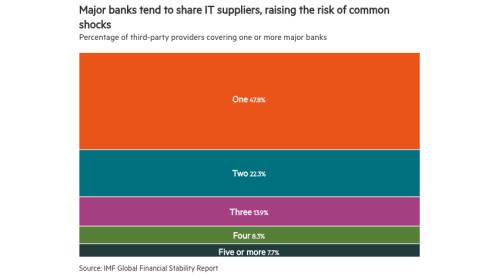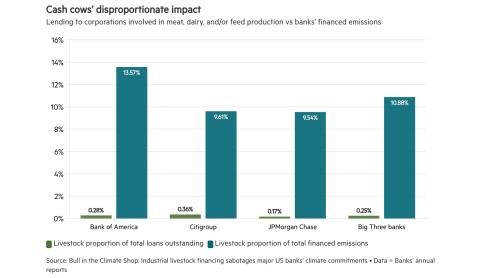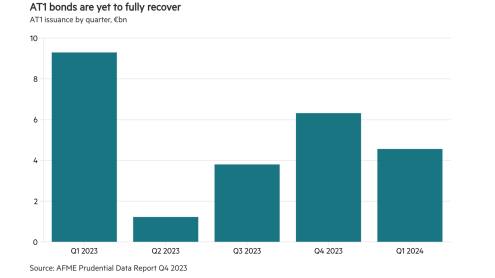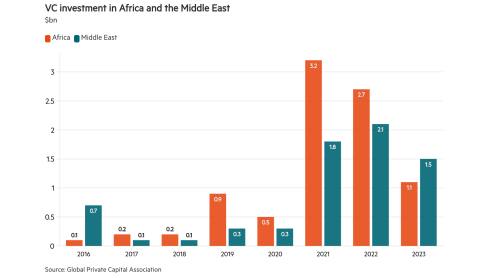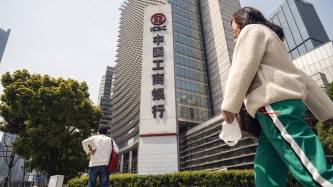Return on equity (ROE) at leading Mongolian banks fell last year, as the country grappled with the fallout from the Covid-19 crisis. Mongolia’s economy contracted 5.3% in 2020, according to the World Bank.
Kahn Bank of Mongolia, the country’s largest lender by assets and Tier 1 capital, saw ROE fall to 13.1% in 2020 from 16.1% in 2019. The bank posted ROE of between 15% and 18% between 2016 and 2018, according to The Banker Database.
Trade Development Bank, the second-largest lender, saw ROE slump to 2.1% in 2020 from 9.5% in 2019. The bank posted a sharp drop in ROE between 2017 and 2018, before rebounding in 2019.
The third-largest lender, Golomt Bank, saw ROE fall to 1.7% in 2020 from 3.5% in 2019 (following a drop from 10.4% in 2018). Its ROE plunged into negative territory (-1.4%) in 2017.
Mongolia’s dependence on commodities leaves it vulnerable to fluctuations in the global commodity markets.
Trends identified using The Banker Database, an online database providing comprehensive financial data and insight for 4000 of the world's leading banks in 190 countries. Contact us.



